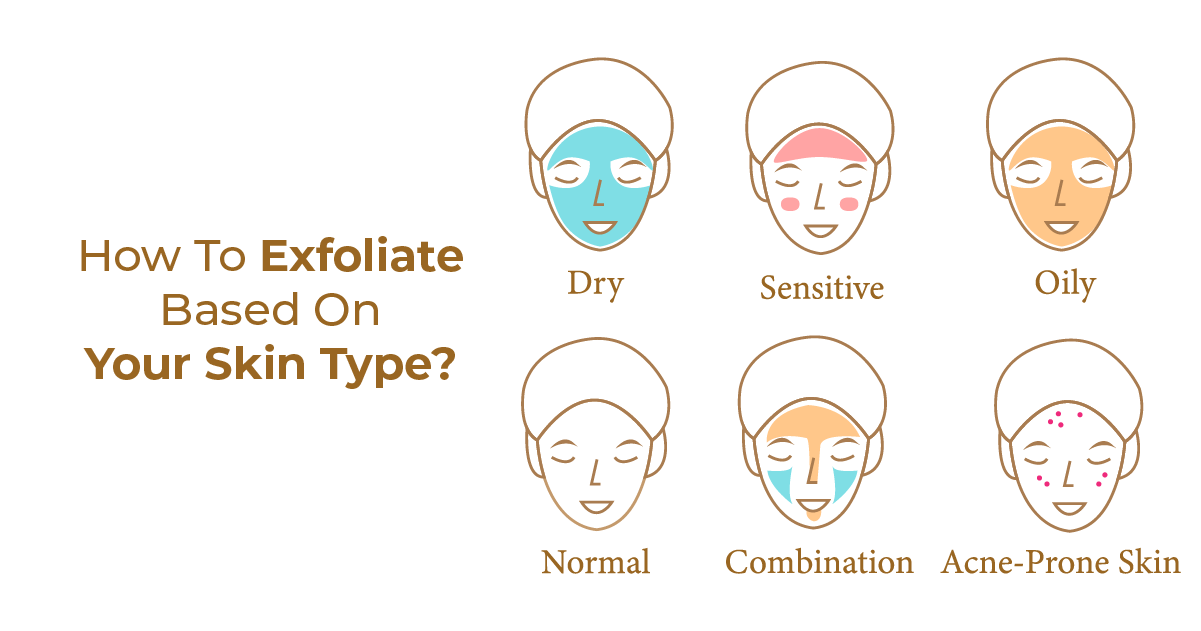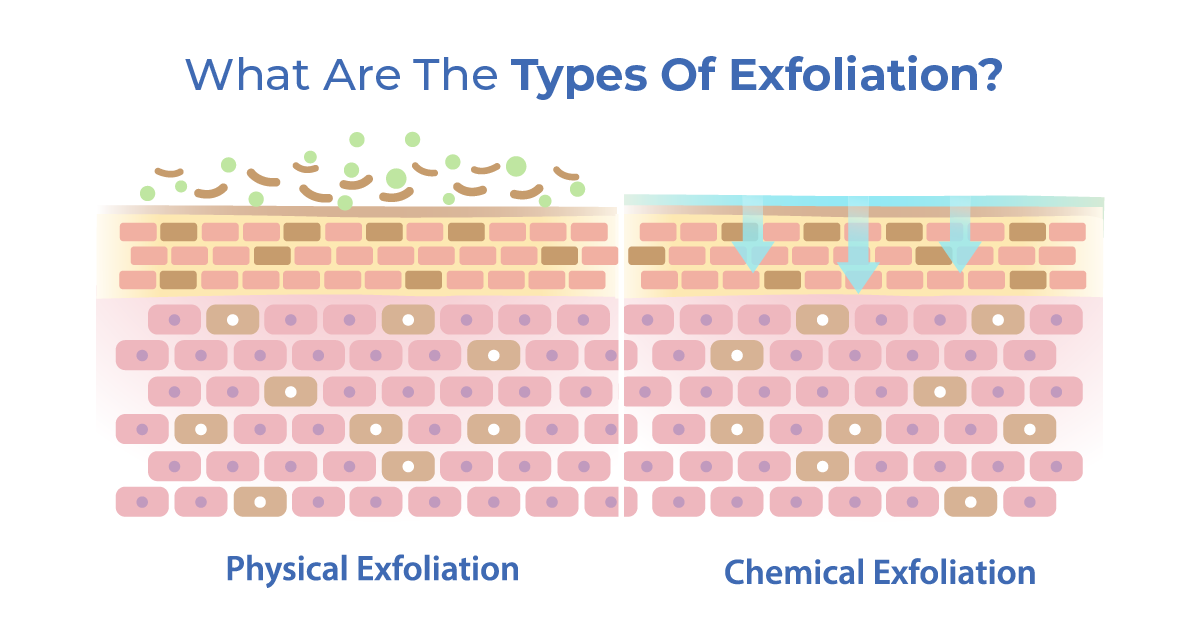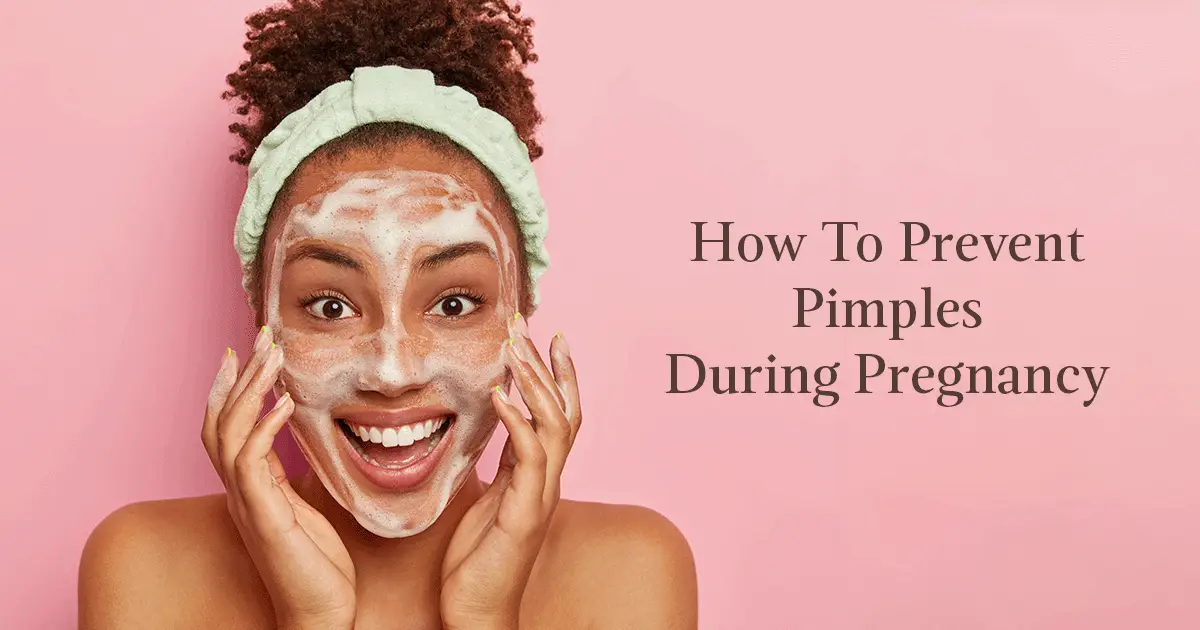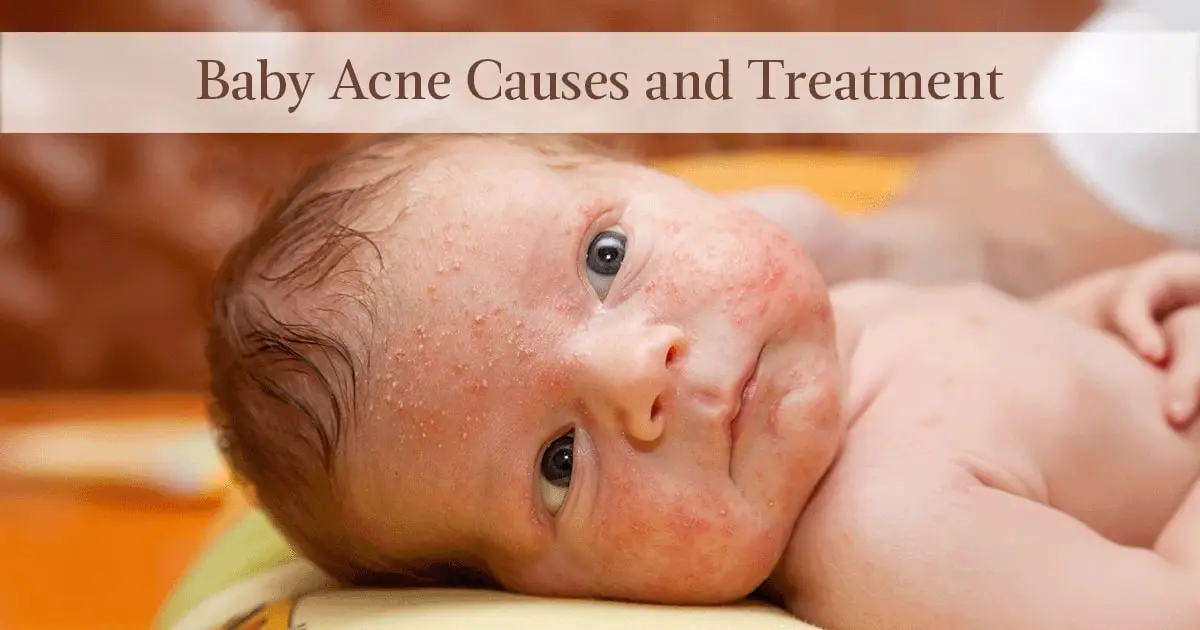
If you’re one of those who recently started a skincare routine and are now wondering, “Where is the glow?”, you’re definitely on the wrong track! Healthy-looking skin doesn’t happen in just a week. It takes consistent skincare practices that make your skin feel fresh, radiant and glowing. Among the many steps of this routine, exfoliation stands out as one of the most essential ones. By gently sloughing away dead skin cells from the surface, exfoliation makes skin look fresher, cleaner and smoother. Whether you’re a skincare beginner or a seasoned enthusiast, learning how to exfoliate skin the right way can make all the difference. 1
Want to get more insights on exfoliation, its benefits, and how it works? Let’s dive deeper into the details and get the maximum output from this essential skincare step! But before that, get to the basics.
Key Takeaways
|
What Is Exfoliation?
Exfoliation is a key basic step in any effective skincare routine, designed to help skin look fresh, healthy, and radiant. It removes dead skin cells that accumulate on its surface. A daily skincare ritual typically begins with cleansing to remove dirt and oil, but it's the process of exfoliation that truly clears away the impurities and allows newer, brighter skin to emerge. 1
How Does Exfoliation Work?
As we age, the natural renewal process of our skin slows down, often leaving our complexion looking dull or uneven. Regular exfoliation helps accelerate this renewal, boosts blood circulation, and even reduces the appearance of fine lines, pores, and blemishes. Whether using a gentle chemical exfoliant or opting for a physical scrub, understanding how to exfoliate skin is key to unlocking a healthy glow and making every other step in your skincare routine more effective. 1
Benefits Of Exfoliation
Regular exfoliation not only refreshes your skin but also brings visible improvements over time, including these key benefits: 2
- Helps moisturisers absorb better
- Fades age spots
- Reduces the appearance of dark spots, acne scars, and large pores
- Smooths fine lines and wrinkles
- Keeps pores unclogged
What Are The Types Of Exfoliation?

There are two main types of exfoliation - physical and chemical. 2
Physical exfoliation:
This type involves manual scrubbing. The products may contain tiny beads, sugar, salt, or fine powders. You can also use a body brush, loofah, or washcloth. To use, apply the exfoliant and gently scrub in circular motions. Avoid rubbing too hard as it may irritate your skin. Rinse with lukewarm (not hot) water and always follow it with a moisturiser. 2
Chemical exfoliation:
This method uses mild acids to remove dead skin cells. Common ones are AHAs (like glycolic, citric, or lactic acid) and BHAs (like salicylic acid). AHAs help with dullness and uneven texture, while BHAs work well for oily or acne-prone skin. Both leave your skin smoother, brighter, and more refreshed. 2 3
Simple Ways to Exfoliate Your Skin
There are several effective ways to exfoliate, ranging from easy techniques you can do at home to specialised treatments done by professionals. Here are a few options: 2
- Gentle acid-based cleansers (AHAs or BHAs): These cleansers use mild acids like glycolic or salicylic acid. It helps remove dead skin cells, smooth rough patches, and brighten your skin tone.
- Ultrasonic cleansing brushes: This process involves a small, battery-powered brush that moves in gentle circles. It helps lift away dirt, oil, and dead skin when used with your regular cleanser.
- Retinols: Retinols are Vitamin A–A-based creams that help speed up skin renewal and smooth rough texture. Since stronger retinol creams may need a prescription, it’s best to follow your doctor’s advice on how often to use them.
- Mechanical exfoliation (professional treatments): Dermatologists often use tools or fine-grain products to manually remove the top layer of dead skin. Popular treatments include microdermabrasion, microneedling, and dermaplaning - all of which help reveal smoother, fresher-looking skin. 4
- Chemical exfoliation (peels): Professionals may use chemical peels with acids like salicylic, glycolic, or fruit enzymes. These treatments gently dissolve dull skin cells, even out texture, and boost glow.
How Often Should You Exfoliate Your Skin?
The frequency of exfoliating your skin depends on your skin type, skin condition, and the exfoliant you use. Instead of sticking to a strict schedule, pay attention to your skin. Exfoliate when it looks dull or flaky. 2
- Combination skin: Some areas are oily, usually the T-zone (forehead, nose, chin). Other areas may be dry, rough, or dull. So, exfoliate your skin accordingly.
- Dry skin: Dry skin can feel rough, flaky, or cracked, especially in winter. Use a mild exfoliant and soft washcloth, and exfoliate less often to avoid further dryness.
- Normal skin: Normal skin is well-balanced. It’s not too oily or dry. In fact, pores are small, and skin tone is usually even. So you can exfoliate once in a while.
- Oily or acne-prone skin: This skin is often shiny or greasy. Pores can be large, which may lead to acne. You can use a stronger exfoliant, but be careful with dark spots. Aggressive exfoliation can make them worse.
- Sensitive skin: Sensitive skin gets irritated easily. Avoid harsh scrubs or strong chemical exfoliants. If your skin becomes red, burned, or rashy, stop immediately and consult a dermatologist.
Tips To Follow While Exfoliating Your Skin
- Know Your Products and Medications:
Some creams or medications, like retinoids, retinol, or benzoyl peroxide, can make your skin sensitive. Exfoliating while using them may cause dryness or breakouts. 5 - Pick the Right Method for Your Skin:
Choose an exfoliant that suits your skin type. For dry, sensitive, or acne-prone skin, use a washcloth or mild chemical exfoliator. When it comes to oily skin, trying stronger chemical treatments or mechanical exfoliation may work. 5 - Be Gentle While Exfoliating:
Apply scrubs or chemical exfoliants with small, circular motions for about 30 seconds. Rinse with lukewarm water. If using a brush or sponge, use short, light strokes. Never exfoliate over cuts, wounds, or sunburned skin. 5 - Moisturise Right After:
Exfoliation can dry your skin. After exfoliating your skin, apply moisturiser immediately to keep your skin soft and hydrated. 5 - Set a Safe Exfoliation Schedule:
The stronger the exfoliation, the less often you need it. Avoid over-exfoliating, as it can make skin red, irritated, or damaged. 5
The Final Takeaway
Exfoliation is a simple yet powerful step in any skincare routine. Gently removing dead skin cells helps your skin look smoother, brighter, and healthier. Whether you prefer a mild at-home method or a professional treatment, the key is to choose what suits your skin type and to do it gently and consistently.
Remember, healthy, glowing skin doesn’t happen overnight. With the right exfoliation practices, combined with cleansing and moisturising, you can unlock the full potential of your skincare routine. Pay attention to your skin, follow a safe schedule, and enjoy the fresh, radiant glow that comes from caring for your skin the right way.







.webp)



